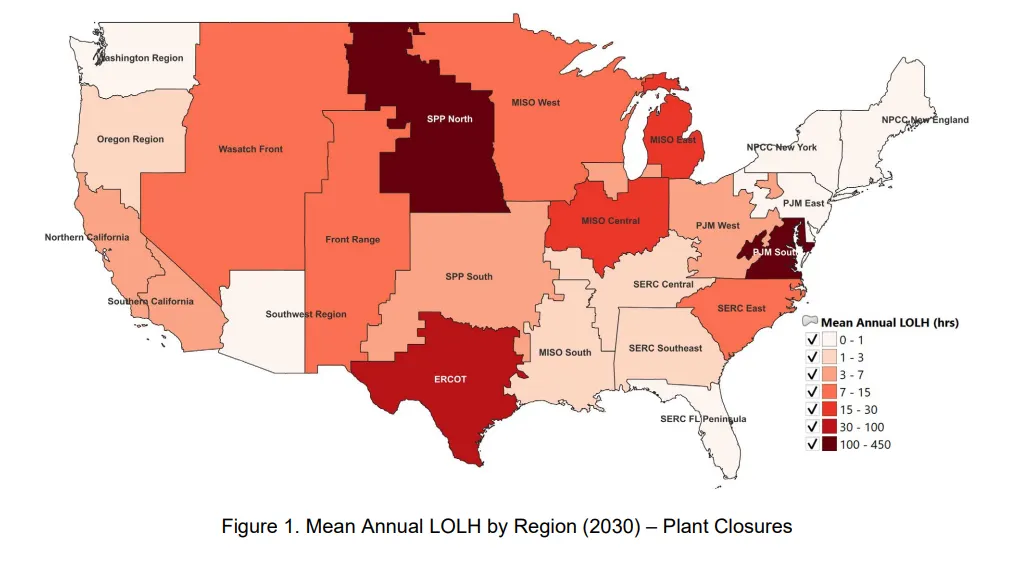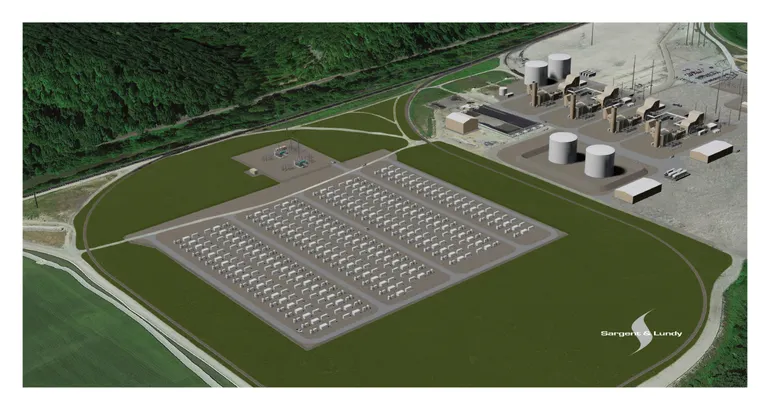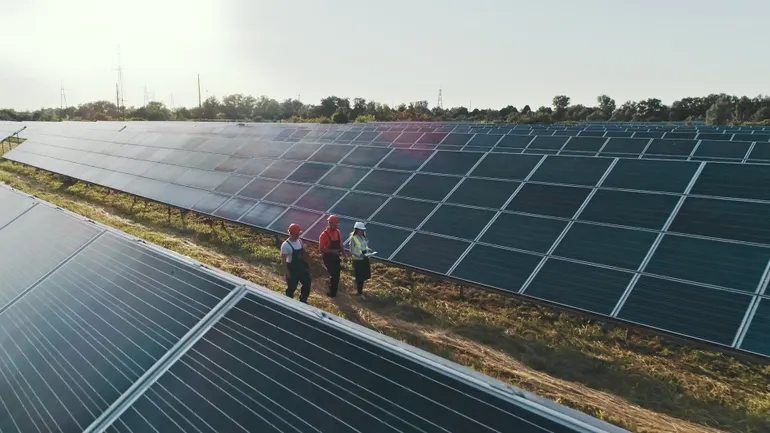
Dive Brief
The U.S. Department of Energy on Monday published a methodology for assessing grid reliability, but clean energy advocates say it likely exaggerates the risks of blackouts.

Power outage hours could increase from single digits today “to more than 800 hours per year,” the U.S. Department of Energy said in a report published July 7, 2025.
Marizza via Getty Images
Dive Brief:
- Blackouts could increase by 100 times in 2030, relative to today’s averages, if the United States continues to shutter power plants and fails to add additional firm capacity amid rising demand, the U.S. Department of Energy said in a Monday report.
- The report includes a uniform methodology to identify regions at risk of power outages and guide federal reliability “interventions,” DOE said. The report was required by President Donald Trump’s April executive order which directed the agency to respond to an “energy emergency” he declared in January.
- But clean energy advocates say the report appears to exaggerate the risks, and undercount the contributions of wind, solar and battery storage resources. “If the analysis is overly pessimistic about advanced energy technologies and the future of the grid, consumers will end up paying too much for resources we no longer need,” Caitlin Marquis, managing director at Advanced Energy United, said in an email.
Dive Insight:
DOE’s report assumes 104 GW of plant retirements by 2030, alongside the addition of 210 GW of new generation — but only 22 GW of the additions will be “firm, reliable, dispatchable generation.”
“Modeling shows annual outage hours could increase from single digits today to more than 800 hours per year. Such a surge would leave millions of households and businesses vulnerable,” the report said. “We must renew a focus on firm generation and continue to reverse radical green ideology in order to address this risk.”
Average Loss of Load Hours could jump from 8.1 annually to 817.7 under some scenarios, the report said. It estimated an additional 100 GW of new peak capacity is needed by 2030 — of which, 50 GW is attributable to data centers.
“Data centers can be built in 18 months, but it takes more than three times as long to add new generation required to service those data centers,” DOE said in a fact sheet accompanying the report.

Even assuming no retirements, DOE said its model found outage risks in several regions rise more than 30-fold, “proving the queue alone cannot close the dependable-capacity deficit.”
“This report affirms what we already know: The United States cannot afford to continue down the unstable and dangerous path of energy subtraction previous leaders pursued, forcing the closure of baseload power sources like coal and natural gas,” Energy Secretary Chris Wright said in a statement.
America’s Power, which represents the coal sector, praised the report.
The analysis “is further proof that the premature retirement of coal plants is putting the reliability of the U.S. electricity grid at risk,” America’s Power President and CEO Michelle Bloodworth said in a statement. “Baseload power sources like coal are being replaced by less reliable sources like wind and solar. These renewables are not capable of meeting the constant 24/7 electricity demands required for AI, data centers, and other advanced technologies.”
The report includes a methodology that DOE says it will use to identify which generation resources within a region are critical to system reliability. The methodology uses hourly datasets for load, generation and interregional transfer capabilities for the 23 U.S. electric subregions.
DOE said it developed its outage risk estimates by running simulations using 12 different years of historical weather, with every hour based on actual data for wind, solar, load and thermal availability.
Clean energy advocates say they have doubts about the agency’s methodology.
DOE’s study “appears to exaggerate the risk of blackouts and undervalue the contributions of entire resource classes, like wind, solar, and battery storage,” AEU’s Marquis said.
“We are working quickly to dig into the numbers to unpack how DOE reached its conclusions,” Marquis said. “But it’s troubling that the report was not subject to public input and scrutiny, especially since the Executive Order that mandated it calls for it to be used to identify power plants that should be retained for reliability.”
The methodology “is another attempt to push the false narrative that our country’s energy future depends upon decades-old coal- and gas-plants, rather than clean renewables,” Sierra Club Senior Attorney Greg Wannier said in an email.
The Federal Energy Regulatory Commission and the states “are already well equipped to meet any projected resource needs through the existing regulatory process, which ensures that electricity demand is reliably met at the least public cost,” Wannier said. “Any effort by DOE to override this process to forcibly keep coal plants online past their planned retirements would be an extraordinary and unlawful overreach of its regulatory authority.”
In May, DOE issued an emergency order under section 202(c) of the Federal Power Act, directing Consumers Energy to delay, by about three months, shutting down a 1,560-MW, coal-fired power plant in Michigan. Earthjustice and other groups have asked the agency for rehearing, and said they may go to the courts to challenge the order.
“Determining the reserve margin and ‘critical’ resources are complex decisions with severe health and economic consequences that Congress rightly entrusted FERC to oversee using a robust public adjudication process,” said Christine Powell, deputy managing attorney for Earthjustice’s clean energy program. DOE’s methodology “attempts to usurp that process, and would impose billions of dollars and harmful pollutants on consumers without any corresponding benefits for anyone except for the coal industry.”
DOE’s analysis “doesn’t support President Trump’s strategy of using emergency declarations to stop power plants from carrying through with their plans to retire,” said Jennifer Danis, federal energy policy director at the Institute for Policy Integrity.
“The Trump administration’s own study has found that no present emergency exists in the two regions where it already issued 202(c) orders,” Danis said. “Reforms may be needed to ensure better planning for future resource adequacy to power AI, but they should focus on improving existing markets and planning standards, as well as speeding up new resource interconnection, rather than forcing customers to pay to keep old, inefficient plants online.”
Update: This story has been updated to include comments from America’s Power, which represents the coal sector.
<!– –>























